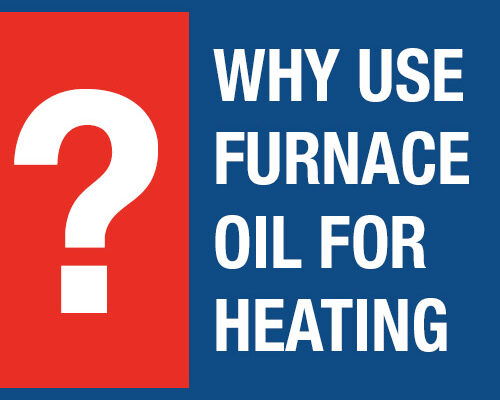Now that winter months are behind us, it can be easy to forget about your home heating oil.
So what’s so bad about having an empty tank in the summer?
Even though you won’t use as much heating oil in the warmer months, you still do need some in your tank.
In some cases home heating oil is used to heat your water. You use hot water on a daily basis, and you may not even realize just how much you do.
A low to empty tank can create an ideal environment for erosion, bacteria and numerous other microorganisms. Having a full tank can save you money on expensive repairs later.
A full tank ensures you have the fuel when you need it. Don’t skip the summer months. Order today!










